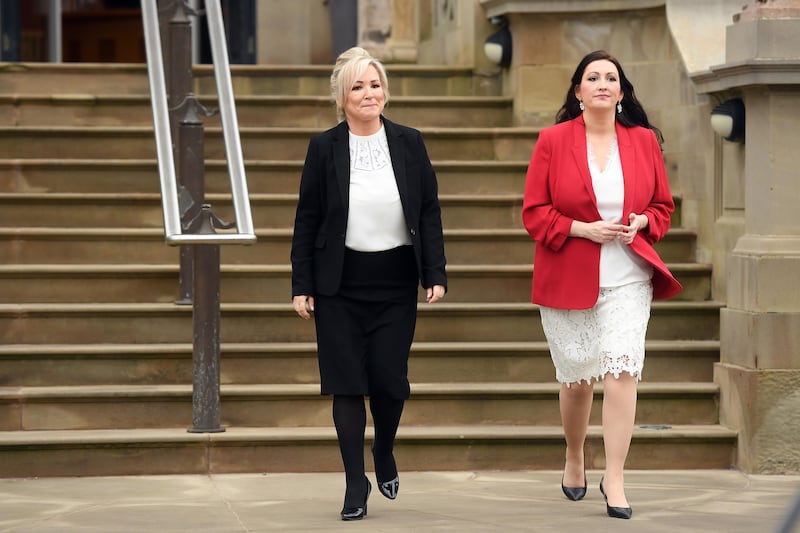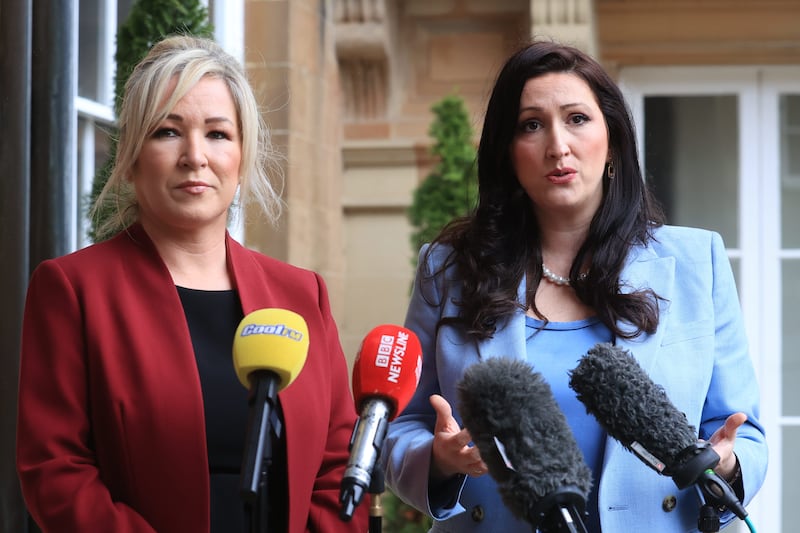STORMONT’S departments have been handed one of their best budgets in a decade.
Despite Conor Murphy pointing out the block grant is still below pre-austerity levels, virtually every department has been given extra cash for the forthcoming year. So where is it going?
Much of the number crunching took place before on onset of the current coronavirus crisis. The Minister said most of the £912m allocated to Stormont to tackle Covid-19 would be allocated outside of yesterday's budget.
But unsurprisingly, health still eats up the biggest share of Stormont’s resource DEL (departmental expenditure limit), essentially what it costs to run a department’s day-to-say services.
In cash terms, an extra £400m has been allocated to health, taking its total to £6.16bn, or 50.5 per cent of Stormont’s total resource DEL. Education is getting an extra £226.6m, bringing it up to £2.28bn. That includes £42m for special needs.
An extra £67m is going to the Department of Justice, mostly for the PSNI (£59.7m) and legacy costs (£5m).
It leaves Justice with Stormont's third largest budget (£1.11bn).
It’s unlikely that the Department of Finance will publish a full breakdown of its spending before May, but provisional figures from yesterday indicated that an additional £37.5m has been allocated to The Executive Office (TEO) for the Historical Institutional Abuse compensation. That lump sum contributed to a 72.4 per cent surge in TEO’s 2020-21 budget.
The Department of Health will receive £1m for contaminated blood payments, bringing the north in line with victims in England.
Some £12m is expected to go the Department for Infrastructure to help cover Tranlink’s £20m operating deficit.
The Department of Communities is due to receive £23m in 2020-21 for bedroom tax mitigation, with another £17.3m earmarked for other welfare mitigation, including the benefit cap. Another £1.5m will help fund welfare advice centres.








